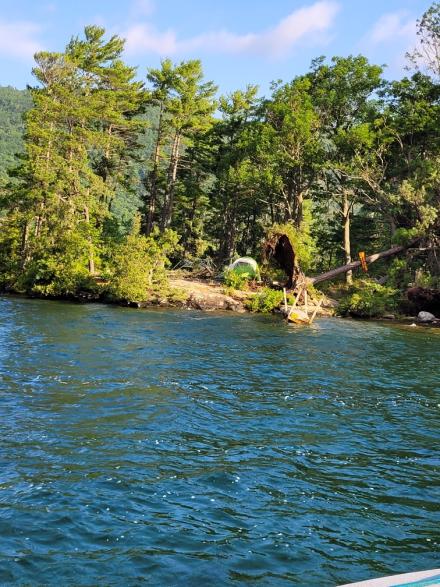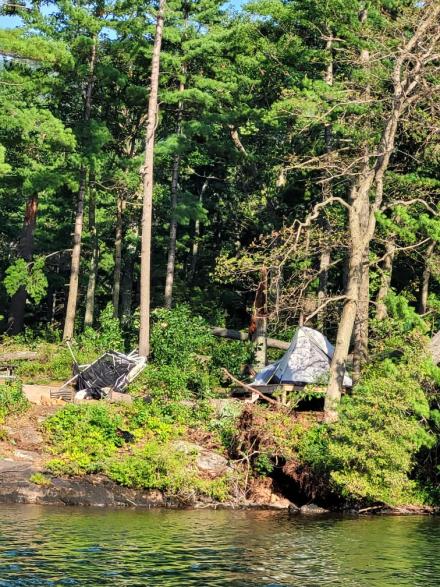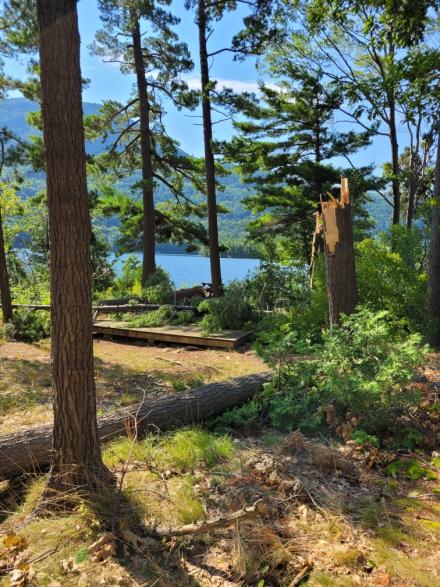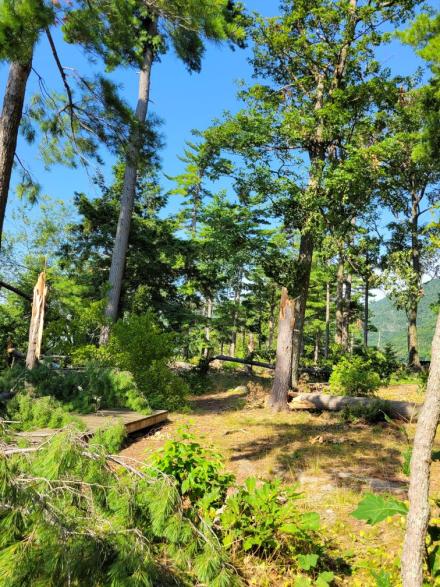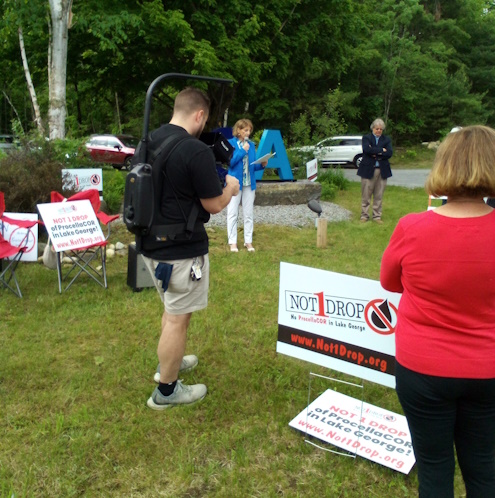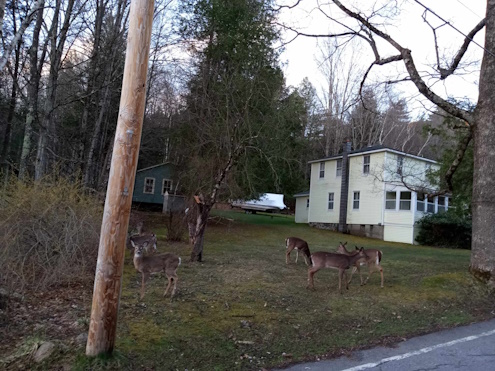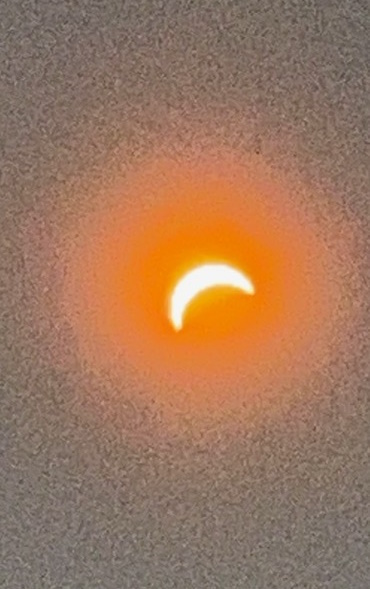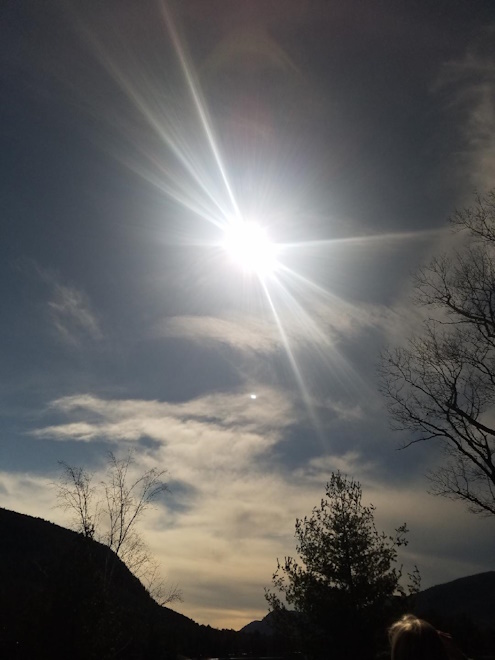
View from Truesdale Hill Uplands
The Lake George Land Conservancy (LGLC) has permanently protected 73 acres of forested land in the Town of Lake George. These scenic uplands contain 1,545 feet of streams, including the headwaters of a tributary that enters into Lake George by residences and businesses that rely on the lake as a source of drinking water.
“We are thrilled to protect this forested ridgeline property that protects Lake George in so many ways,” said LGLC Executive Director Mike Horn, “benefitting water quality, natural habitat, and the scenic backdrop that we all enjoy so much.”
The property is located on Truesdale Hill Road, in the southwest region of the Lake George watershed. The lake’s south basin is facing particularly high development pressure. This region is also especially important for the lake’s water quality. Because these headwaters persist in Lake George for so long, they can have the greatest impact on the water quality of the entire lake.
The protection of these waters, and the land that surrounds them, is therefore a very important conservation priority for the health of the entire Lake George watershed. In acquiring this 73-acre property, the LGLC will provide permanent protection of its steep slopes, healthy forests, and vegetated stream buffers, all of which will further safeguard the water quality of Lake George. This land also provides important wildlife habitat and preserves the scenic beauty of an undeveloped ridgeline that is visible throughout the south basin.
The purchase of these 73 acres was funded in part by The Makowski Trust, and a $641,424 grant received from the Water Quality Improvement Project (WQIP) grant program administered by the New York State Department of Environmental Conservation. An additional $115,000 is needed to reach the total estimated purchase price and provide the required match for the grant.

